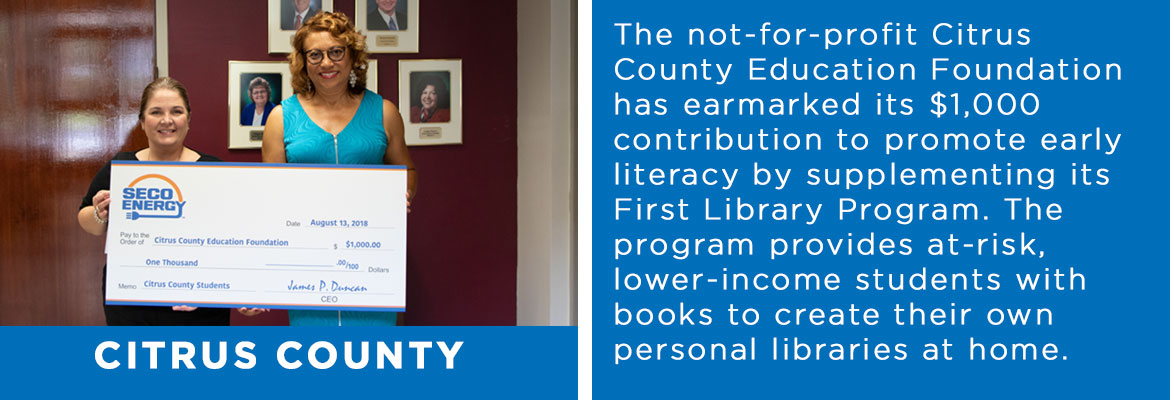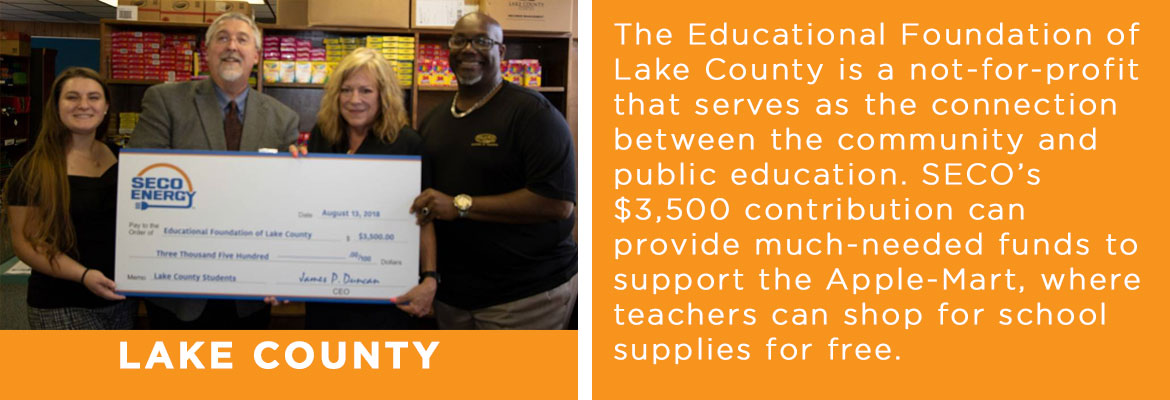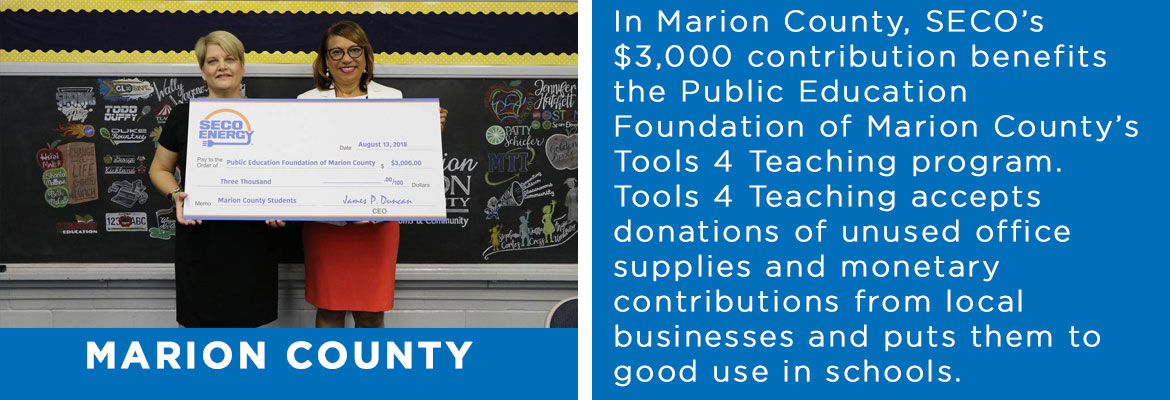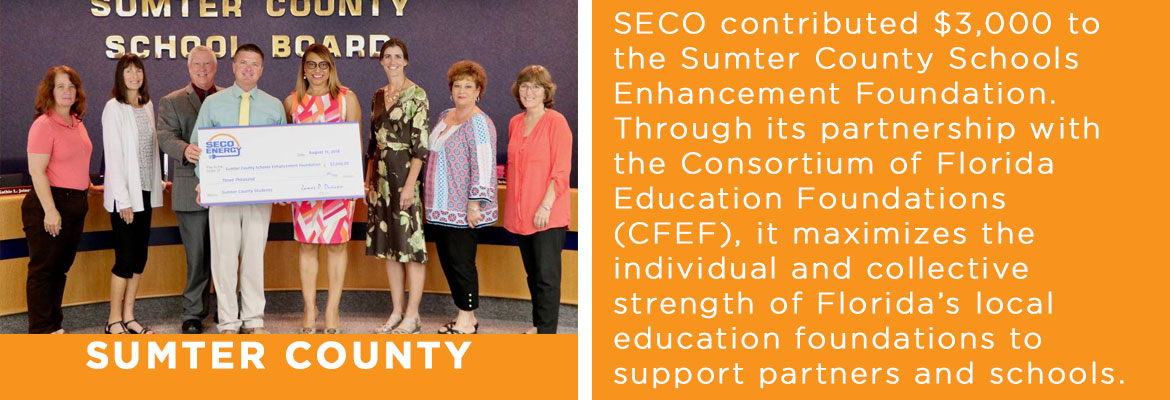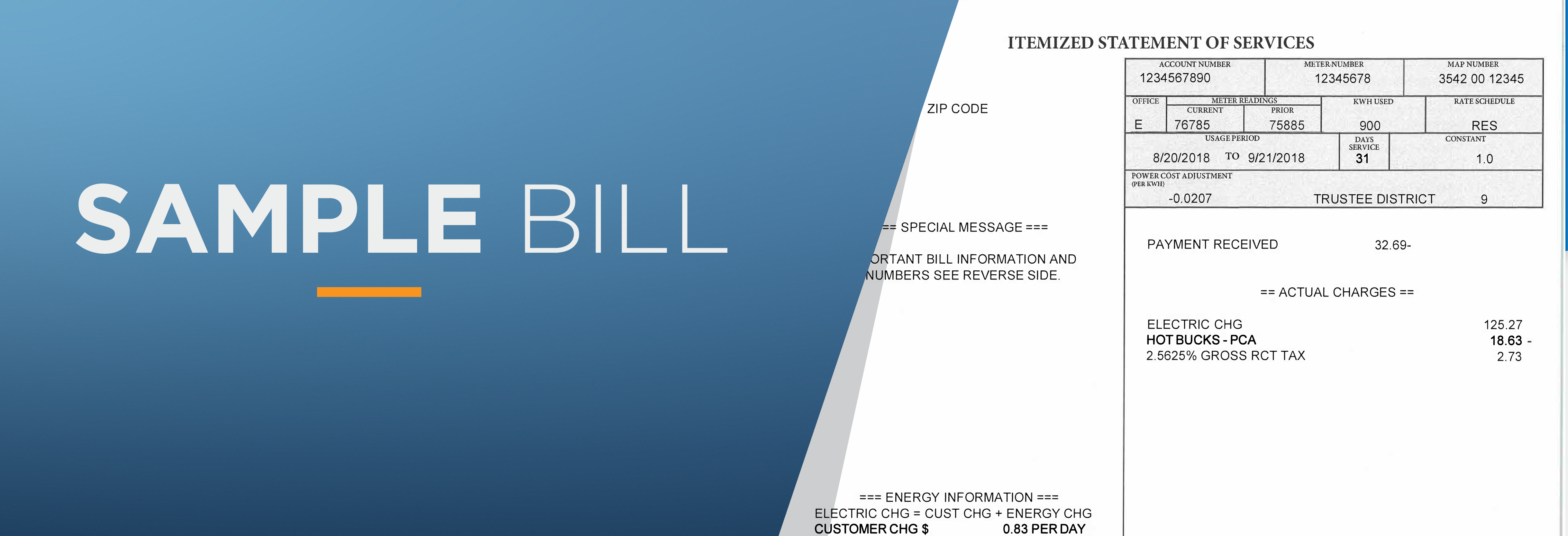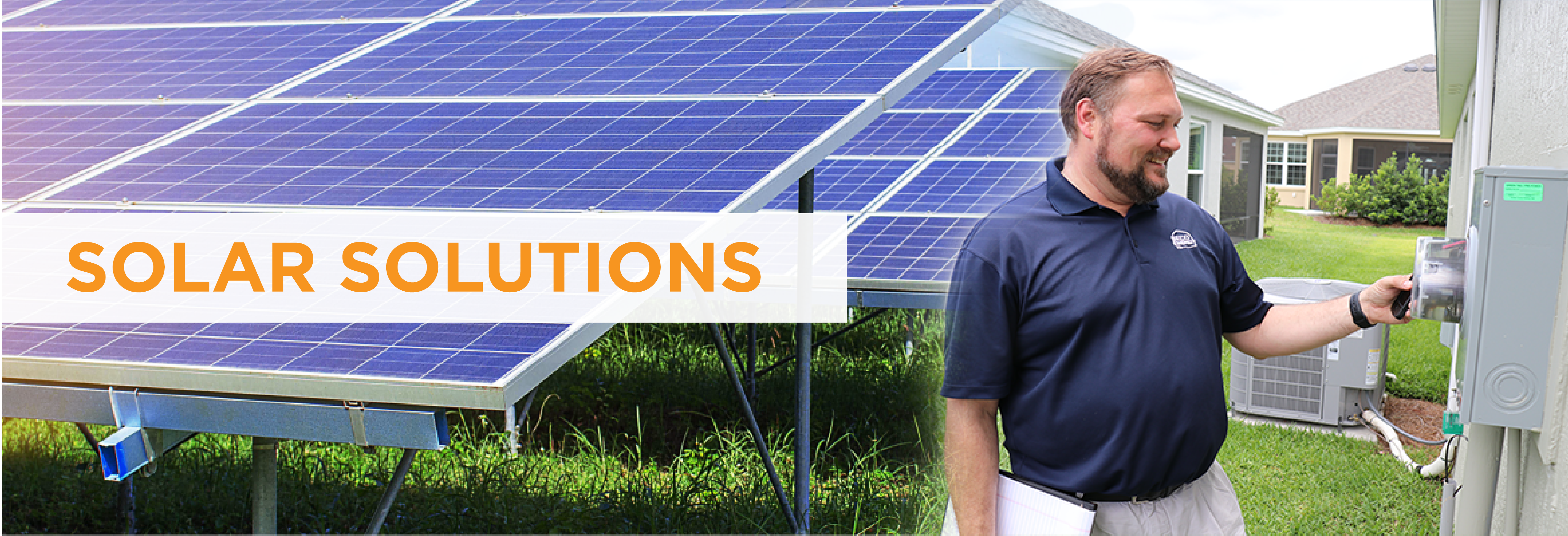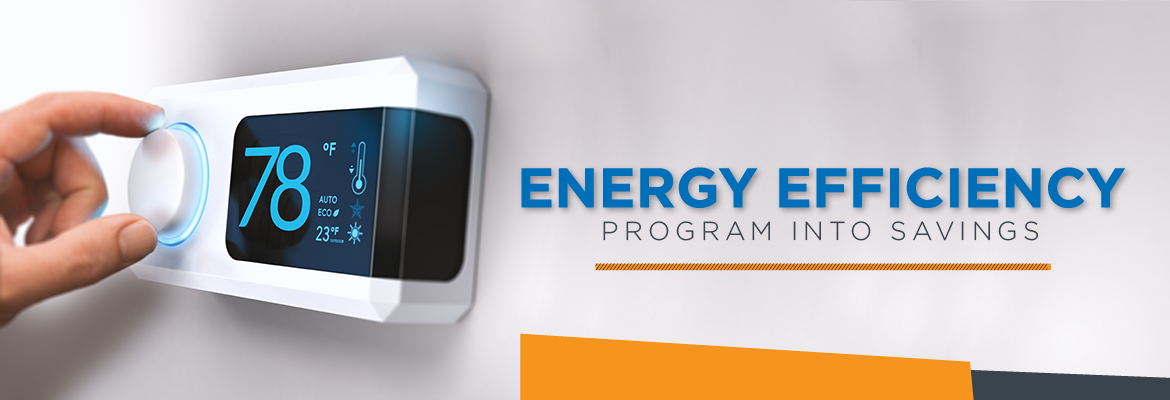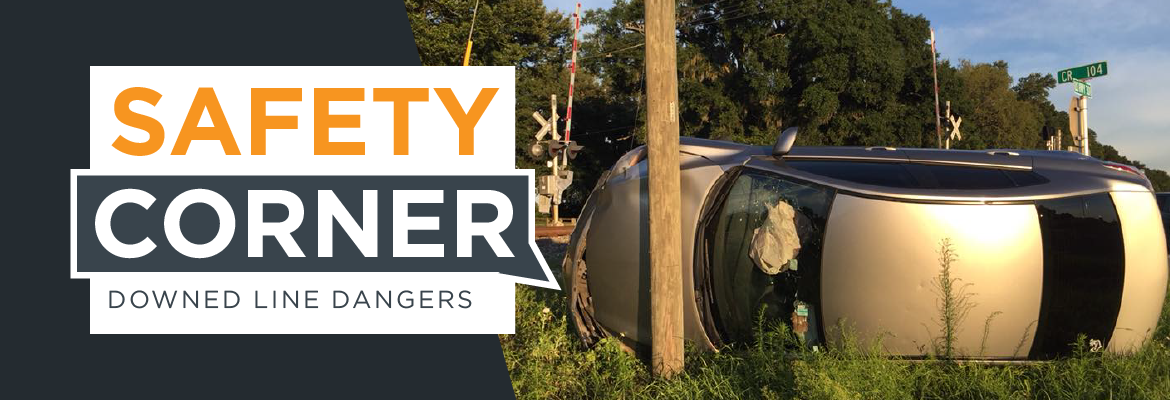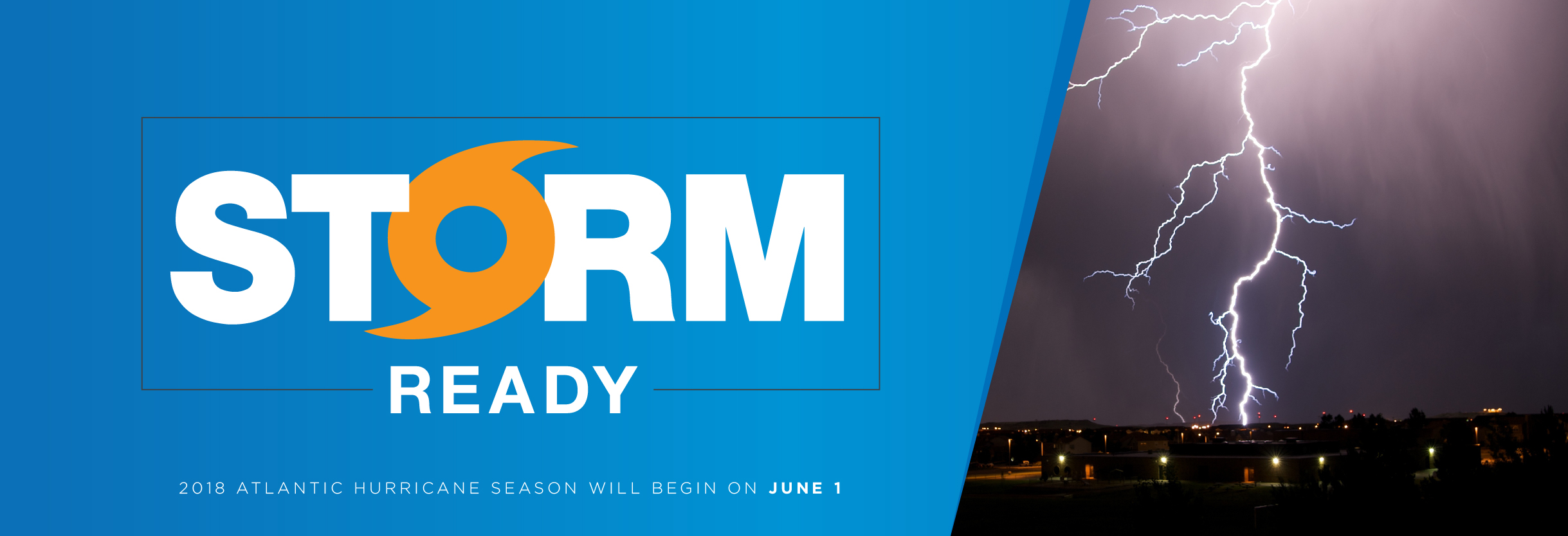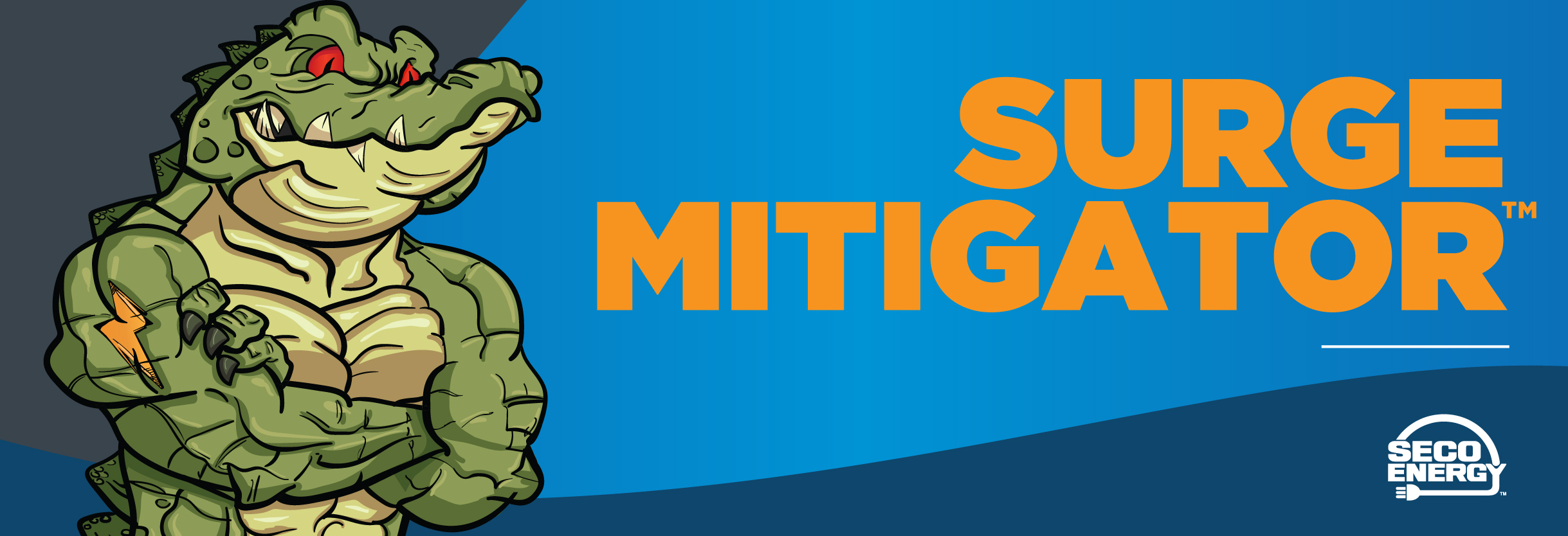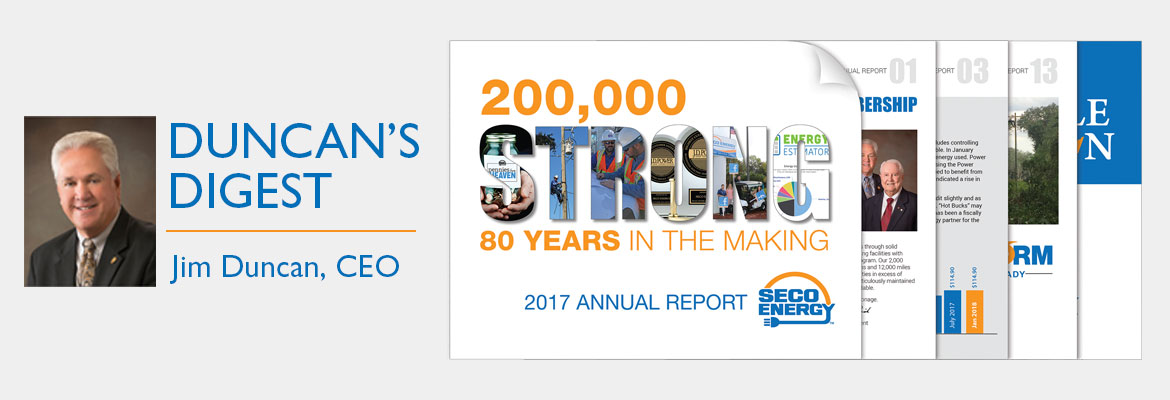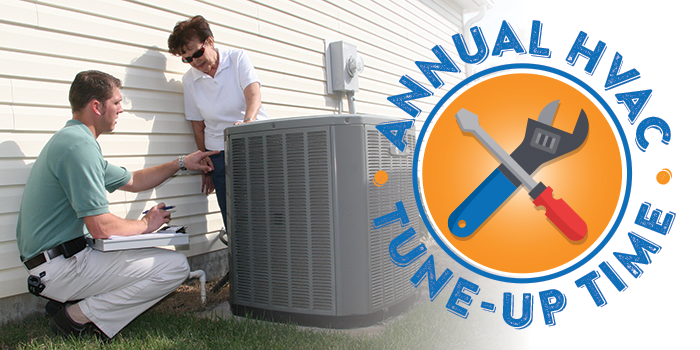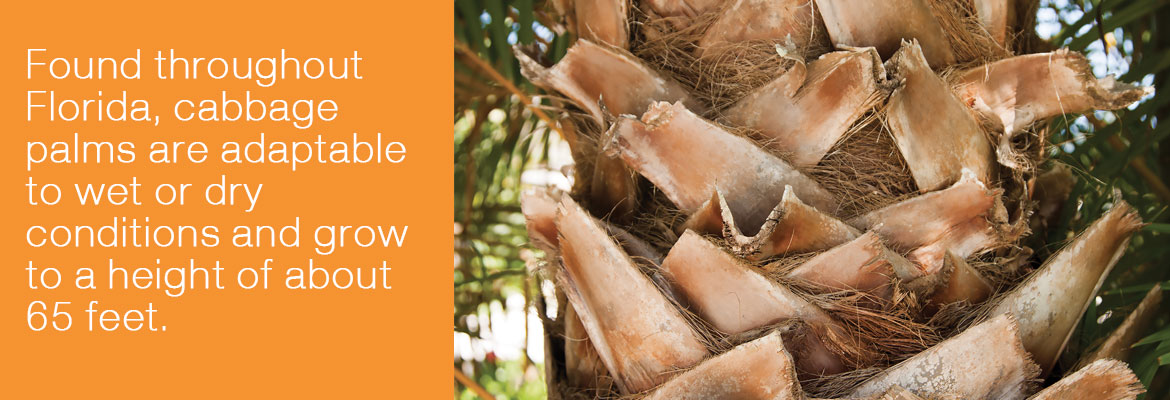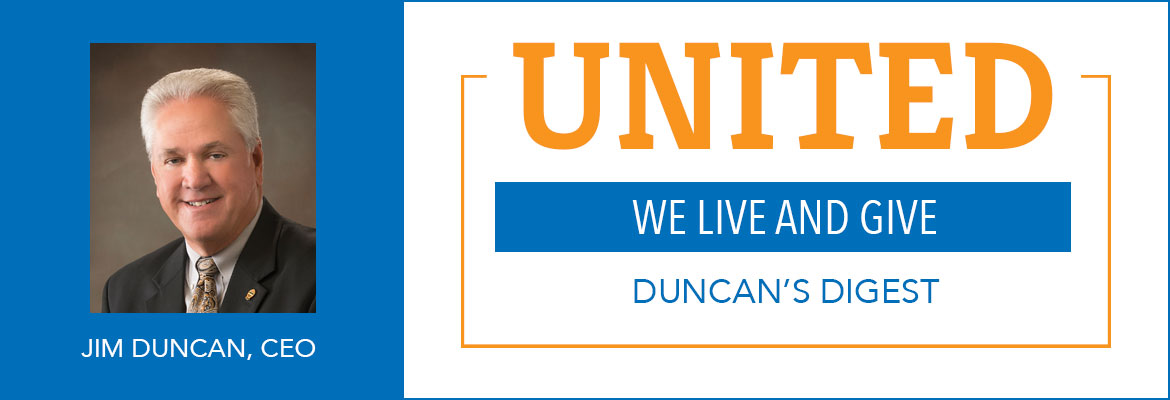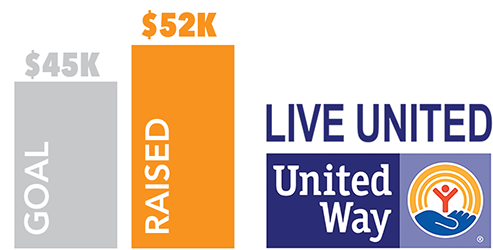SECO News, November 2018
DUNCAN’S DIGEST
CAPITAL CREDITS
They say money doesn’t grow on trees, but as a member, your 2018 Capital Credits retirement has sprouted and arrives in your November bill.
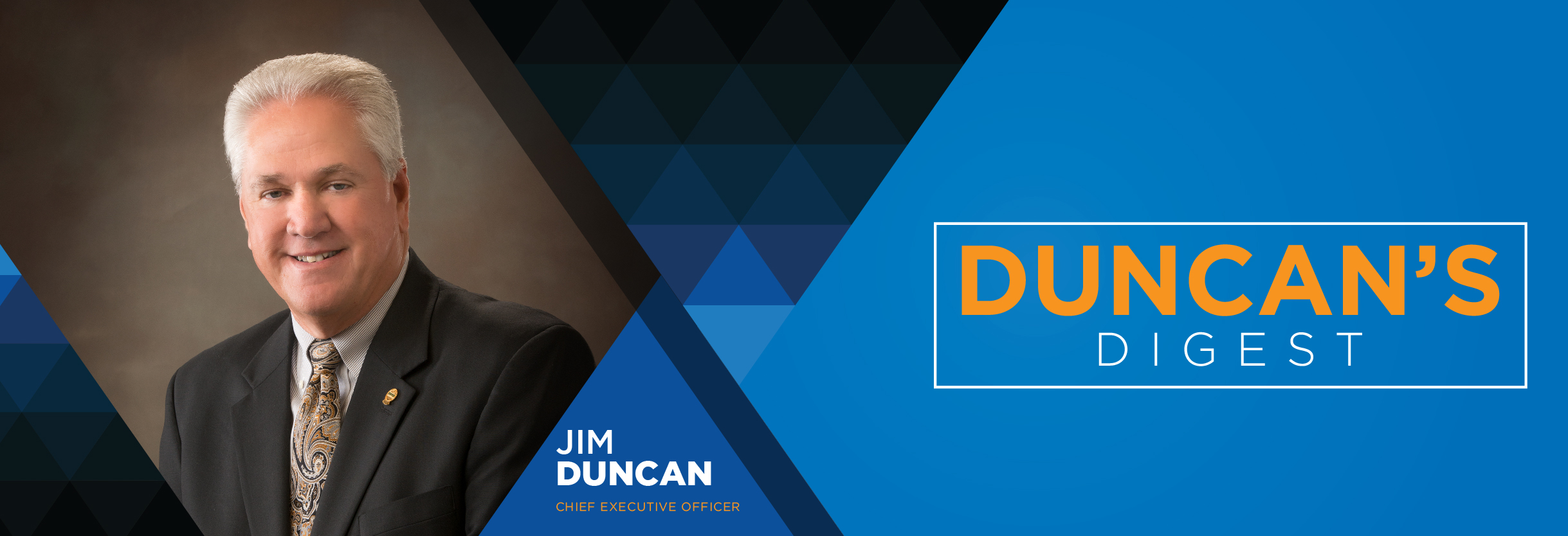
You, along with 200,000+ residents are members of a not-for-profit cooperative founded in 1938 as Sumter Electric Cooperative with just 500 members. Things have changed over the years. Those meager roots planted 80 years ago have thrived.
Your membership branches into ownership through energy purchases – the proverbial fertilizer of patronage capital. Ownership is defined through the annual process of allocating each member’s share of the co-op’s margins from the prior year. The annual amounts for each member who purchases electric service during the year are referred to as Capital Credit allocations.
Capital Credits are the accumulation of all prior year’s revenue after the co-op’s operating costs and expenses are paid. These credits are allocated on a pro-rata basis to each SECO Energy member’s account as Capital Credits.
During its October meeting, SECO’s Board of Trustees approved a record $5.5 million to be returned (retired) to members. Since SECO’s inception, the co-op has retired more than $63.3 million to current and former members. This year’s Capital Credits return is rooted in sound financial stewardship by SECO’s Board, the leadership team and our dedicated employees.
Each member receiving a 2018 Capital Credits retirement will see the amount on their spruced-up November billing statement listed as a line item labeled “Capital Credits Ret.” Business members with retirements over $1,000 will receive a check. If you move out of SECO territory, keep your mailing address updated so we can send future Capital Credit retirements.
Sincerely,
Jim Duncan
Chief Executive Officer

Meet two SECO Champions – Melissa and Matthew – two examples of our 400+ SECO Champion employees. Melissa and Matthew are dedicated to providing exceptional service to members, co-workers and communities.
MELISSA LACASSE – SYSTEM CONTROL COORDINATOR
LENGTH OF SERVICE – 25 YEARS
“My job is awesome.”
SECO Champion Melissa Lacasse is a System Control Coordinator at our SECO Headquarters who is responsible for monitoring the power delivery to SECO’s over 200,000 members. SECO’s System Control Coordinators work shifts around-the-clock, 365 days a year directing line technicians to service calls throughout our 2,100-square mile territory. Melissa and her family (her husband Ken is also a SECO employee) are long-time residents of Marion County. They enjoy football, boating and spearfishing. During Melissa’s 25-year SECO career, she has worked as a Member Services Representative, Meter Reader, Line Technician and a System Control Coordinator. “At SECO, we are a tight-knit group, whether at work or in the communities we serve. My family was thrilled when SECO hired me, and it is a blessing to work at SECO.”
MATTHEW DIXON – SERVICE TECHNICIAN
LENGTH OF SERVICE – 12 YEARS
“I enjoy helping people.”
SECO Champion Matthew Dixon is a Service Technician who responds to service calls and works to restore members’ power safely. Matthew’s work area covers Bushnell, Inverness, Lady Lake, The Villages and Webster. Originally from Dallas (yes, he’s a Cowboys fan), he moved to Central Florida in 1991 and joined the SECO team in 2006. Matthew, his wife, five children and 15 grandchildren attend church together where he plays bass guitar. Matthew credits his enjoyment of helping people as the reason he became a SECO Line Technician. He is prepared to respond to outage calls day or night and the appreciation he receives from members keeps him going. Watch Matthew’s video on our YouTube Channel to learn how he got the nickname “Hollywood.”
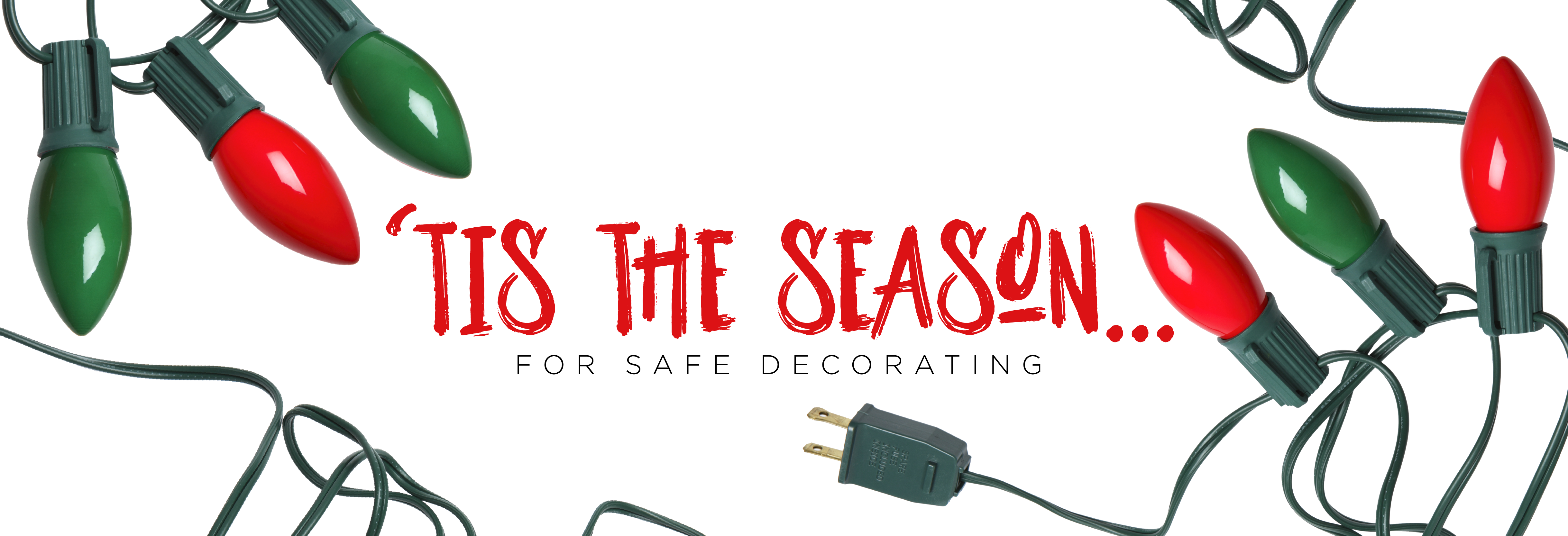
SAFE DECORATING
‘TIS THE SEASON to spread goodwill and cheer while impressing your neighbors with your Christmas creativity.
For your safety, SECO prohibits Christmas décor or other attachments on its poles or decorative lights. Never place a ladder against a SECO area light or pole – you can damage the pole or suffer an electric shock.
Please share your Christmas joy with your neighbors, but refrain from including SECO facilities in your festive design. Decorate safely this season – Merry Christmas!

HOLIDAY ENERGY EFFICIENCY
The holidays are just around the corner which means extra baking and cooking, along with holiday decorations. Don’t forget about energy efficiency while you are celebrating your families’ holiday traditions.
When baking, resist opening the oven door. Each time the door opens, the oven’s temperature can drop as much as 25 degrees which can add cooking time. Another tip – if a recipe calls for baking time over one hour – don’t waste the time and energy it takes to preheat the oven.
Most of us love bright, twinkling holiday lights – be sure to choose LEDs. These are more efficient, last longer and are safer than older incandescent lights. LEDs use less energy and produce less heat than standard incandescent lights.
Here’s to a happy, healthy, energy-efficient holiday season!

TOYS FOR TOTS
Would you like a chance to play Santa for local children in need of Christmas gifts? SECO Energy’s five Member Service Centers are available to the public as U.S. Marine Corps Reserve Toys for Tots Program drop-off locations.
Join the SECO crew in donating a new, unwrapped toy or two for Toys for Tots at a Member Service Center in Eustis, Groveland, Inverness, Ocala or Sumterville. SECO will gather toys through the first week of December.
As a not-for-profit electric cooperative, SECO is dedicated to the communities it serves. Our employees are ever-so-generous in their support of Toys for Tots and other community endeavors for which they volunteer their personal time. Thousands of children will wake up to presents under the tree on Christmas morning thanks to our employees’ and members’ giving spirit.
Read the full November 2018 SECO News online.







